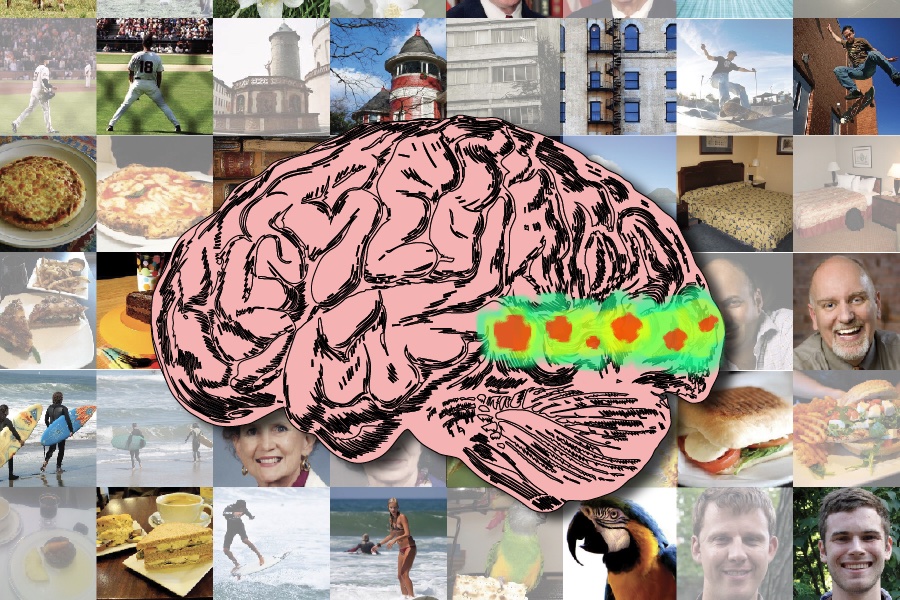In Short:
A team of MIT researchers has used advanced brain imaging techniques to study why certain images are more memorable than others. They found that highly memorable images prompt stronger and more sustained brain responses, while less memorable images are quickly forgotten. This research could lead to early diagnosis and treatment of memory-related disorders, such as Alzheimer’s disease. The study was published in PLOS Biology and was funded by various grants.
MIT Researchers Unlock Secrets of Visual Memorability in the Brain
For nearly a decade, a team of MIT Computer Science and Artificial Intelligence Laboratory (CSAIL) researchers have been investigating why certain images are more memorable than others. Their recent study, published in PLOS Biology, utilized advanced brain imaging techniques to analyze the brain’s response to memorable images.
Research Approach and Findings
The researchers used magnetoencephalography (MEG) and functional magnetic resonance imaging (fMRI) to map the brain dynamics involved in recognizing images. By showing 78 pairs of conceptually similar images to participants, they discovered that highly memorable images stimulate a more distributed network of brain regions than previously thought. This network involves areas responsible for color perception and object recognition.
Benjamin Lahner, the study’s first author and an MIT PhD student, highlighted that the brain signature of visual memorability emerges around 300 milliseconds after seeing an image. This signature indicates that highly memorable images trigger stronger and more sustained brain responses compared to less memorable images.
Implications and Future Applications
The researchers believe that understanding the neural basis of memorability can lead to advancements in diagnosing and treating memory-related disorders. By identifying specific brain signatures for memorability, early biomarkers for diseases like Alzheimer’s could be developed, potentially revolutionizing memory impairment treatment.
Aude Oliva, the senior research scientist at CSAIL, highlights the method’s potential for clinical applications and the possibility of adjusting intervention strategies based on an individual’s neural profile.
Limitations and Future Research
Despite the progress made, the researchers acknowledge limitations in the study’s ability to determine how specific brain regions contribute to memory encoding and retrieval. Future research aims to delve deeper into these aspects.
Collaborative Efforts and Funding
The paper, authored by Lahner and Oliva, along with other researchers, acknowledges support from the National Institutes of Health and various grants from organizations like the Office of Naval Research and the National Science Foundation.





